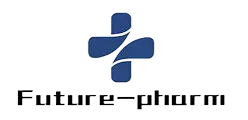
How to Effectively Scale Peptide API Manufacturing for Optimal Yield and Purity
In recent years, the demand for peptide-based therapeutics has surged, driven by their specificity and effectiveness in treating a variety of conditions. According to industry reports, the global market for peptide therapeutics is expected to reach $45.63 billion by 2027, growing at a CAGR of 9.8% from 2020 to 2027. As a result, "Peptide API Manufacturing" has become a critical focus for pharmaceutical companies striving to meet the increasing need for high-quality peptides.
 However, successfully scaling peptide manufacturing processes while ensuring optimal yield and purity remains a complex challenge. Factors such as the intricate nature of peptide synthesis, potential for degradation, and stringent regulatory requirements necessitate innovative approaches to manufacturing. This guide will delve into effective strategies for scaling peptide API production, emphasizing best practices that can enhance yield and maintain the purity of the final product in light of the growing market demand.
However, successfully scaling peptide manufacturing processes while ensuring optimal yield and purity remains a complex challenge. Factors such as the intricate nature of peptide synthesis, potential for degradation, and stringent regulatory requirements necessitate innovative approaches to manufacturing. This guide will delve into effective strategies for scaling peptide API production, emphasizing best practices that can enhance yield and maintain the purity of the final product in light of the growing market demand.
Identifying Key Factors in Peptide API Manufacturing for Enhanced Productivity
In the rapidly evolving field of peptide API manufacturing, enhancing productivity is crucial for meeting the growing market demands. According to a recent report by MarketsandMarkets, the global peptide therapeutics market is projected to reach $52.67 billion by 2027, indicating an urgent need for efficient production methods. One key factor in improving yield and purity lies in optimizing synthesis processes. Techniques such as solid-phase peptide synthesis (SPPS) can significantly reduce impurities, achieving purity levels above 95% in many cases.
Another critical element is the selection of high-quality raw materials and reagents. A study by BioProcess International highlighted that using premium-grade amino acids can enhance overall efficiency and minimize batch variability, contributing to more consistent product quality. Furthermore, the integration of advanced analytical techniques like high-performance liquid chromatography (HPLC) at various stages of the manufacturing process allows for real-time monitoring of peptide synthesis, enabling manufacturers to make necessary adjustments swiftly. By focusing on these key factors, companies can not only boost productivity but also ensure optimal yield and purity in their peptide API manufacturing processes.

Developing Robust Analytical Methods for Quality Assurance in Peptide Production
In the rapidly evolving field of peptide production, the development of robust analytical methods for quality assurance is essential to ensure optimal yield and purity. According to a report by the American Peptide Society, nearly 30% of peptide-based drugs on the market face purity issues during manufacturing, highlighting an urgent need for enhanced QC methodologies. By implementing advanced techniques such as mass spectrometry and high-performance liquid chromatography (HPLC), manufacturers can accurately characterize peptide structures and detect impurities at minimal concentrations, thus supporting the production of high-quality APIs.
Moreover, the integration of real-time analytics and process monitoring technologies is paving the way for enhanced quality control measures. A study conducted by BioPharma Dive indicates that companies utilizing real-time release testing have reported a 40% reduction in batch failure rates. This not only streamlines the manufacturing process but also significantly boosts the overall efficiency of peptide API production. As the demand for peptide therapeutics continues to surge, driven by their effectiveness and specificity, the emphasis on rigorous quality assurance processes will play a critical role in maintaining competitive advantage and regulatory compliance within the industry.
Implementing Scalable Technologies for Efficient Large-Scale Synthesis
The scaling of peptide API manufacturing hinges on the integration of scalable technologies that enhance efficiency in large-scale synthesis. The flow chemistry market plays a critical role in this process, reflecting significant growth fueled by its ability to improve yield and purity in peptide production. According to a recent market analysis, the flow chemistry industry is projected to expand at a compound annual growth rate (CAGR) of approximately 10% from 2023 to 2030, driven by increasing demand across pharmaceutical applications and industrial research.

Key technologies within this domain include microreactor systems and continuous stirred-tank reactors (CSTR), which enable precise control over reaction parameters. The market share for microreactors, for instance, is estimated to account for roughly 25% of the total flow chemistry market, owing to their effectiveness in facilitating complex synthesis processes while minimizing waste. Furthermore, applications in pharmaceuticals dominate the landscape, with projections indicating that this segment will grow significantly as organizations strive to streamline drug development and manufacturing protocols. Regional insights also highlight strong growth trajectories in North America and Europe, thereby showcasing a burgeoning ecosystem poised for innovation in peptide manufacturing.
Optimizing Raw Material Selection to Maximize Yield and Purity
The process of scaling peptide API manufacturing begins with the critical selection of raw materials, which plays a pivotal role in determining the yield and purity of the final product. When choosing raw materials, factors such as the source of peptides, their molecular weight, and potential impurities must be carefully considered. High-quality, validated suppliers can provide consistent materials that reduce variability in the manufacturing process, ultimately leading to a more robust production line and higher yields.
Furthermore, the purity of raw materials significantly impacts the efficiency of purification processes post-synthesis. Impurities can complicate separation techniques, resulting in lower final product yields and increased operational costs. By investing time in the characterization and selection of raw materials, manufacturers can preemptively address potential challenges, ensuring that the scaling process is not only efficient but also sustainable. Strategic raw material optimization, therefore, is a necessary step in achieving success in peptide API manufacturing.
How to Effectively Scale Peptide API Manufacturing for Optimal Yield and Purity - Optimizing Raw Material Selection to Maximize Yield and Purity
| Raw Material | Source | Purity (%) | Cost ($/kg) | Contribution to Yield (%) |
|---|---|---|---|---|
| Amino Acid A | Synthetic | 99 | 150 | 45 |
| Amino Acid B | Natural | 98 | 200 | 30 |
| Solvent X | Laboratory Grade | 99.5 | 50 | 60 |
| Reagent Y | Synthetic | 97 | 300 | 25 |
| Additive Z | Natural | 99.2 | 180 | 40 |
Enhancing Process Control and Monitoring to Ensure Consistency in Manufacturing
Effective process control and monitoring are vital for enhancing the consistency and quality of peptide API manufacturing. Recent industry reports indicate that inconsistencies in manufacturing processes can lead to significant deviations in yield and purity, directly affecting the therapeutic efficacy of peptide-based drugs. For instance, a study from the International Society for Pharmaceutical Engineering (ISPE) noted that a well-implemented process control strategy could improve product yield by up to 20%, while also ensuring a purity level of over 95%. This level of consistency is particularly crucial in the highly regulated pharmaceutical industry, where deviations can lead to costly delays and regulatory scrutiny.
Monitoring techniques such as real-time analytics and automated process controls can significantly mitigate risks associated with peptide synthesis. According to a report by the Pharmaceutical Technology & Development Consortium, integrating advanced monitoring systems not only enhances operational efficiency but also enables manufacturers to detect anomalies early in the production process. By employing technologies like in-line process analytical technology (PAT), companies can achieve a more predictable and controllable manufacturing environment. This not only boosts production reliability but also fosters a culture of continuous improvement, essential for adapting to the evolving demands of the peptide therapeutics market.
Monitor of Peptide API Yield and Purity
Related Posts
-

10 Best Practices for Peptide API Manufacturing to Maximize Efficiency
-
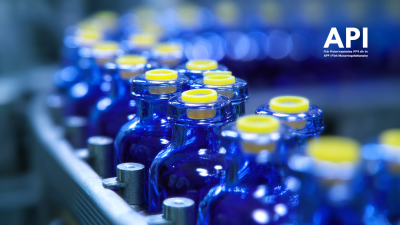
Maximizing ROI: The After-Sales Service Edge in Best Peptide API Manufacturing
-
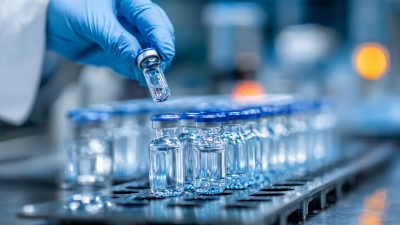
Ultimate Guide to Sourcing the Best Peptide Api Manufacturing for Your Business Needs
-

7 Best Practices for Efficient Peptide API Manufacturing You Must Know
-
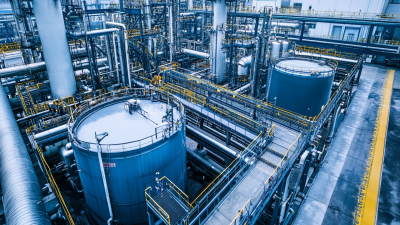
China's Resilient Growth in Peptide API Manufacturing Amidst US China Trade Tariff Challenges
-
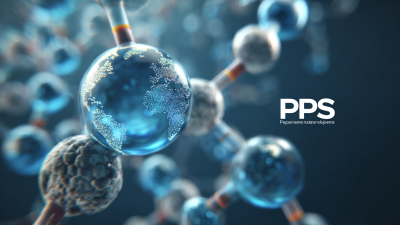
5 Reasons Why Best Peptide Materials Are Essential for Your Global Sourcing Strategy
